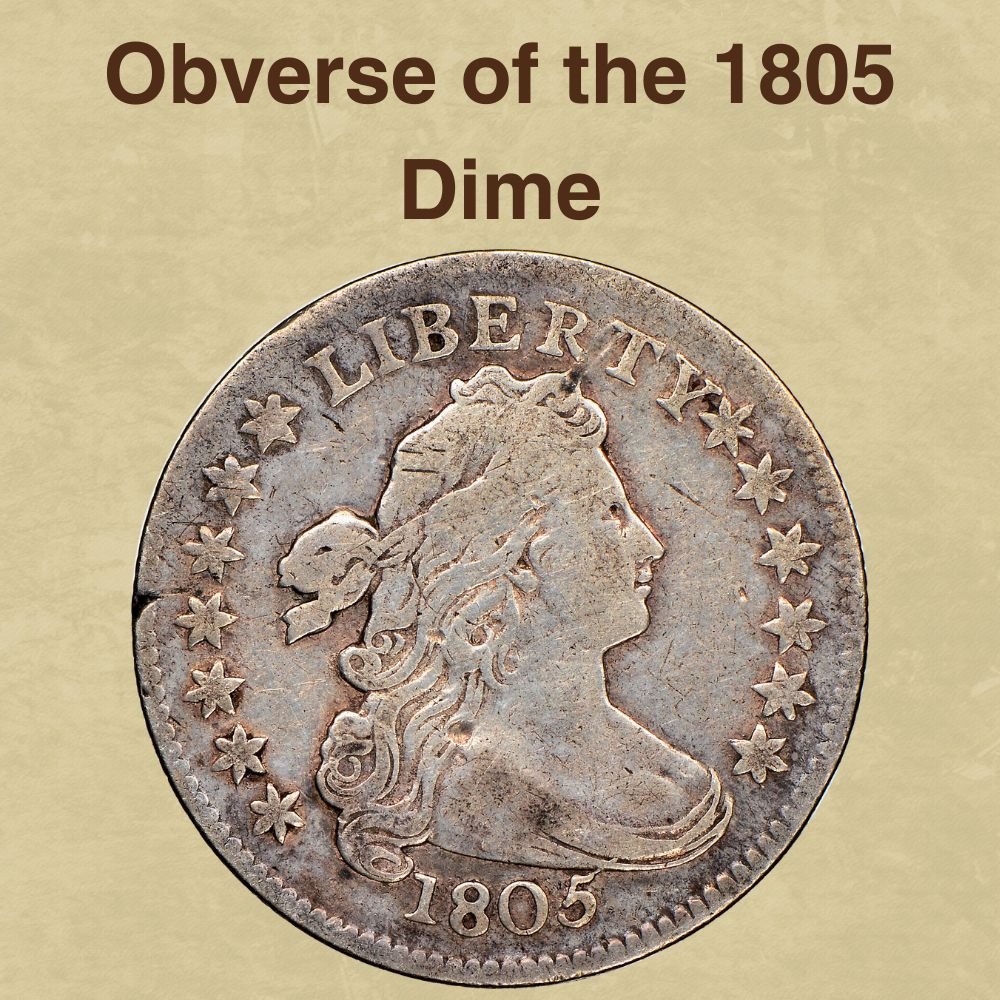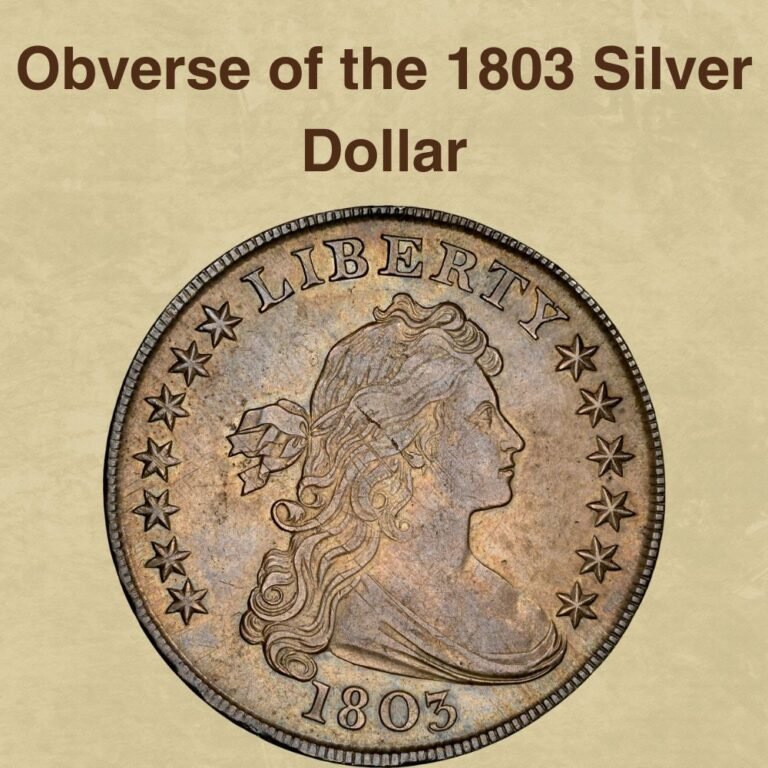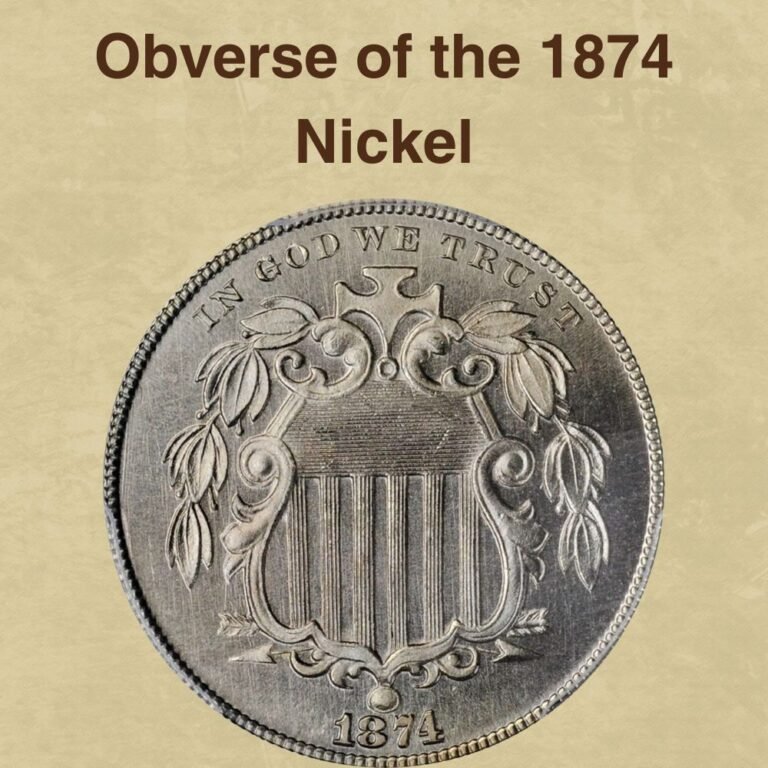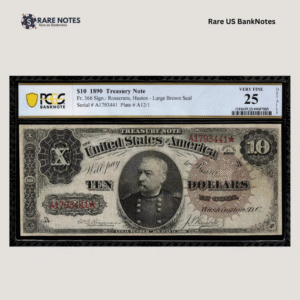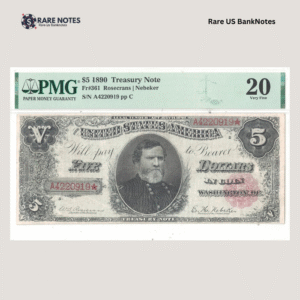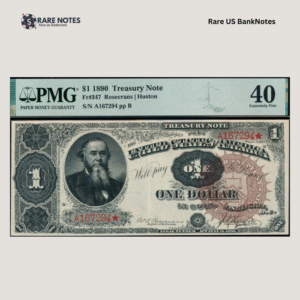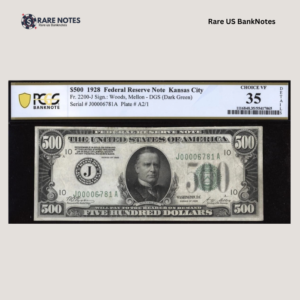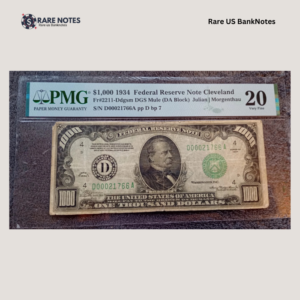If you’re collecting Draped Bust coins, you’ve probably heard about the 1805 dimes, with their two major reverse die varieties, which are said to command significant premiums. Or, perhaps you’ve been lucky enough to come across this classic early coin and are curious whether it’s worth any money? Our guide will answer all your questions about the 1805 dime value!
We’ll break down the coin’s market value so you know exactly what to expect, whether selling or buying. You’ll also learn tips for authenticating and grading your silver dime, and how to identify high-value Draped Bust dimes. Lastly, you’ll discover a few fascinating minting errors that can add significant value to your dime.
So, let’s dive in and find out: How much is a 1805 dime worth?
1805 Dime Value Chart |
||||
| Mint Mark | Good | Fine | Extremely Fine | Uncirculated |
| 1805 4 Berries Reverse Dime Value | $825 | $1,250 | $3,000 | $30,500 |
| 1805 5 Berries Reverse Dime Value | $885 | $1,900 | $3,500 | $40,000 |
History of the 1805 Dime
The Coinage Act of 1792 authorized the United States Mint to produce a dime, then referred to as a disme, that would be one-tenth the weight of a silver dollar. The Mint struck only a few pieces, made of pure copper instead of the recommended silver, meaning that these early dimes were just pattern coins.
It was not until 1796 that the first silver dimes were struck for circulation, and their production continued to 1837. The Draped Bust design created by then-Chief Mint Engraver Robert Scot was the first to appear on dimes and remained until 1807.
The Flowing Hair design featured on U.S. coinage for most of the 18th century received mounting criticism. Eventually, in 1796, Congress authorized the Mint to create a new design that would replace the unpopular design. Scot went to work, transforming a portrait of Ann Willing Bingham by renowned artist Gilbert Stuart, into what would become Lady Liberty. Ms. Bingham was a Philadelphia socialite and the wife of well-known statesman William Bingham. The image of Lady Liberty on the Draped Bust coin series featured a bustier, more mature female, which made this design quite popular over the years. According to the 1792 Coinage Act, only the cent and half cent could have their denomination displayed, so the Draped Bust dimes do not have their denomination inscribed.
Two die marriages were used to strike the 1805 dime, resulting in the so-called 4 and 5 Berries varieties, which are highly sought-after. Despite having one of the second-highest mintages in the Draped Bust dime series, the 1804 issue offers great value in all grades and is worth a spot in any serious collector’s set.
Also read: Top 17 Most Valuable Roosevelt Dimes Worth Money
Features of the 1805 Dime
Next, we’ll get familiar with the key features of the 1805 dime. By knowing these features, you can authenticate and grade your silver coin more accurately and quickly spot Draped Bust dimes worth good money.
So, here’s what you should pay attention to:
Obverse of the 1805 Dime

The front side of the coin features Lady Liberty’s right-facing portrait. Her drapery clothing, which highlights her bust, gives the coin’s design its name. Liberty’s hair flows lightly, with some strands held back in a ribbon and others combed up over her forehead.
LIBERTY is inscribed above her along the rim while the date, 1805, is shown at the bottom. Liberty’s portrait is flanked by thirteen stars—seven to the left and six to the right. These stars represent the first thirteen states to join the Union after independence.
Small denticles decorate the rim all around.
Reverse of the 1805 Dime

When you flip over the coin, the reverse features a heraldic eagle with a shield on its breast. The shield is a defensive weapon, symbolic of self-defense and non-aggression.
In its beak, the eagle clutches a flag with the Latin inscription, E PLURIBUS UNUM, which translates into “Out of Many, One.” Above is a constellation of thirteen stars crowned by billows of clouds.
In its left talon, the eagle holds an olive branch, which symbolizes peace. On some 1805 dimes, the olive branch spots four berries, and five on other dimes—we’ll learn more about these interesting varieties in a bit. The arrows in the eagle’s right talon represent victory and a readiness to defend against aggression.
Other Features of the 1805 Dime
In addition to the key features, there are other extra features worth noting. These include:
- Diameter: 19.80 millimeters
- Weight: 2.70 grams
- Edge: Reeded
- Metal Composition: 2% Silver, 10.8%
- ASW: 0774oz
- Fineness: 892
1805 Dime Value Guides
The Philadelphia Mint struck 120,780 silver dimes in 1805, the second highest mintage in the entire Draped Bust dime series. The market value of a 1805 dime depends on its condition, including the extent of wear, strike quality, and surface damage. The value also depends on the coin’s rarity. The presence of die varieties and minting errors can also increase the coin’s value.
We’ll look at the two main types of the 1805 dimes:
- 1805 5 Berries Dime
- 1805 4 Berries Dime
Let’s find out how much each is worth:
1805 5 Berries Dime Value

Of the two die marriages used to strike the 1805 Draped Bust dimes, the JR-1, which features 5 berries on the olive branch on the reverse, is slightly scarcer than the JR-2 variety. The letter A is also wider on the JR-1 variety.
So, how much is the 1805 5 Berries dime worth? Here’s a breakdown of the values:
- Circulated Examples: These are moderately common in lower grades, but the population drops off steadily in Fine (F), making higher-grade circulated examples genuinely scarce. In Poor/Average condition, examples are worth about $470, while in Good (G), dimes can sell for as much as $885. Fine (F) examples are worth up to $1,900, while Extremely Fine (XF) dimes can fetch as much as $3,500. About Uncirculated (AU) survivors are few and far between, selling for at least $6,950.
- Mint State Examples: Uncirculated examples of the 5 Berries reverse design are rare. Known survivors are highly sought-after and command high premiums. The finest known example is an MS64, which the Numismatic Guaranty Company (NGC) values at $40,000. Below that are MS61 examples, which can sell for as much as $8,400, and MS62 specimens, which command up to $11,000.
- Auction Record: One of the most valuable circulated 1805 5 Berries dimes was graded AU58 and was auctioned in 1987 by Bowers & Merena for a record-setting $33,000. To date, no other worn example has surpassed this value.
1805 4 Berries Dime Value

The JR-2 die marriage produced the 4 Berries reverse variety of the 1805 dime. As the name suggests, the olive branch on the reverse bears only four berries. Of the two varieties, the JR-2 is the more common one. Another of its identifying features is the narrow letter A on the inscriptions on the reverse.
Here’s what to expect when collecting a 1805 4 Berries dime:
- Circulated Examples: Worn examples are slightly common in lower grades but become genuinely scarce from Very Fine (VF) and higher. In Poor/Average condition, examples can sell for as much as $430, with the prices doubling to $825 in Good (G) condition. Fine (F) examples are worth about $1,250, while Extremely Fine (XF) dimes can fetch at least $3,000. About Uncirculated (AU) examples of this variety are also in high demand but scarce, selling for at least $6,050.
- Mint State Examples: These are scarce, especially in higher grades, and prices can be prohibitive. The finest known example is graded MS67, a truly rare specimen valued at $235,000 according to NGC records. Survivors graded MS60 can sell for as much as $6,950, while MS62 examples are worth at least $8,550. Examples in MS63 and higher are genuinely rare, with prices starting from $14,000 and rising to as much as $47,500 in MS65, while in MS66 examples can command up to $85,000.
- Auction Record: As early as 2004, American Numismatic Rarities auctioned an MS67 for a staggering $149,500, but newly discovered specimens of a similar grade have been valued at a lot more.
Also read: Top 17 Most Valuable Mercury Dimes Worth Money
1805 Dime Grading
When grading a 1805 dime, you should pay close attention to the high points that wear quickly than other areas of the coin. That said, these early coins generally display a weak strike, and the dimes in particular were manually filed down to adjust their weight. Although the file marks may not be appealing, they don’t necessarily lower a coin’s grade.
On the obverse, check for wear on Liberty’s hair strands, including the ones above her forehead and ear, the drapery around her bust, the inscription LIBERTY, and the date. On the reverse, examine the shield, stars, eagle’s head, talons, and wing feathers.
Flatness, barely visible outlines, and inscriptions that are merged into the rim point to examples in Average to Good (G) condition. Very Good (VG) to Fine (F) examples will show more detail on the high points, while About Uncirculated (AU) dimes will have sharp, complete details, although the luster may be broken on some parts. Mint State (MS60+) examples show no wear, smoothness, or flatness, and display full mint luster. They may have a few bag and file marks, but no major surface damages.
Rare 1805 Dime Errors List
Like most dates in the Draped Bust series, the 1805 dime shows many minting errors. But only a few of these errors are valuable and worth collecting.
Aside from the 4 and 5 Berries die varieties, let’s take a look at the few, high-value minting errors deserving of a spot in your collection:
1. 1805 Dime Re-Punched Date Error
Re-punched date errors can raise your dime’s value by as much as $50-$100 or more. This error occurs when the date is punched multiple times at slightly different angles into the working die, resulting in some of the digits appearing doubled or with a ghost outline. Examples with stronger, more visible doubling are generally more valuable.
2. 1805 Dime Double Struck Error
A double-struck error occurs when the design elements on either side of the coin are struck more than once, resulting in more than one impression of the design. For example, the obverse may appear to have two impressions of Lady Liberty’s portrait. This dramatic error is worth at least $50-$100, significantly increasing the value of your dime. For example, in 2004, Bowers & Merena auctioned a 4 Berries dime graded Fine (F) with an obverse double-struck error for an impressive $1,400.
3. 1805 Dime Misaligned Die Error
Another fascinating error seen in the 1805 dime series is the misaligned die. Due to a misalignment between the obverse and reverse dies, the design elements, usually on the obverse side, are struck more toward the rim. The design on the other side of the coin will typically be centered as usual. This error can increase your dime’s value by as much as $80-$200 or more, depending on how dramatic the misalignment appears.
Where to Sell Your 1805 Dime?
Now that you know the value of your coins, do you know where to sell those coins online easily? Don’t worry, I’ve compiled a list of these sites, including their introduction, pros, and cons.
Check out now: Best Places To Sell Coins Online (Pros & Cons)
FAQs
How much is a 1805 dime worth?
The value of a 1805 dime depends on the coin’s physical condition and whether it is a 4 Berries or 5 Berries dime. Worn examples of a 4 Berries reverse dime are worth between $430 and $6,050, while uncirculated examples can sell for $6,950 to as much as $235,000. The 5 Berries reverse variety is worth between $470 and $6,950 in circulated condition, while Mint State examples are valued between $8,400 and $40,000.
Is a 1805 dime rare?
The rarest 1805 dimes are the uncirculated examples and gems—only a few survivors exist today, and their prices can be prohibitive. If you come across an 1805 dime with a shiny surface, full mint luster, crisp details, and little to no surface damage, it is very likely an extremely rare specimen that could be worth a small fortune.
How do I tell if a 1805 dime is real?
Given their classic status, 1805 dimes are a target for counterfeiting. But, you can authenticate a coin first by comparing its key features, i.e., diameter, weight, edge, and design elements, against images of certified examples from trusted sources such as the NGC and Professional Coin Grading Service (PCGS). You can also perform the magnet test; a silver coin should not stick to the magnet.
The post 1805 Dime Coin Value: How Much Is It Worth Today? appeared first on CoinValueChecker.com.


